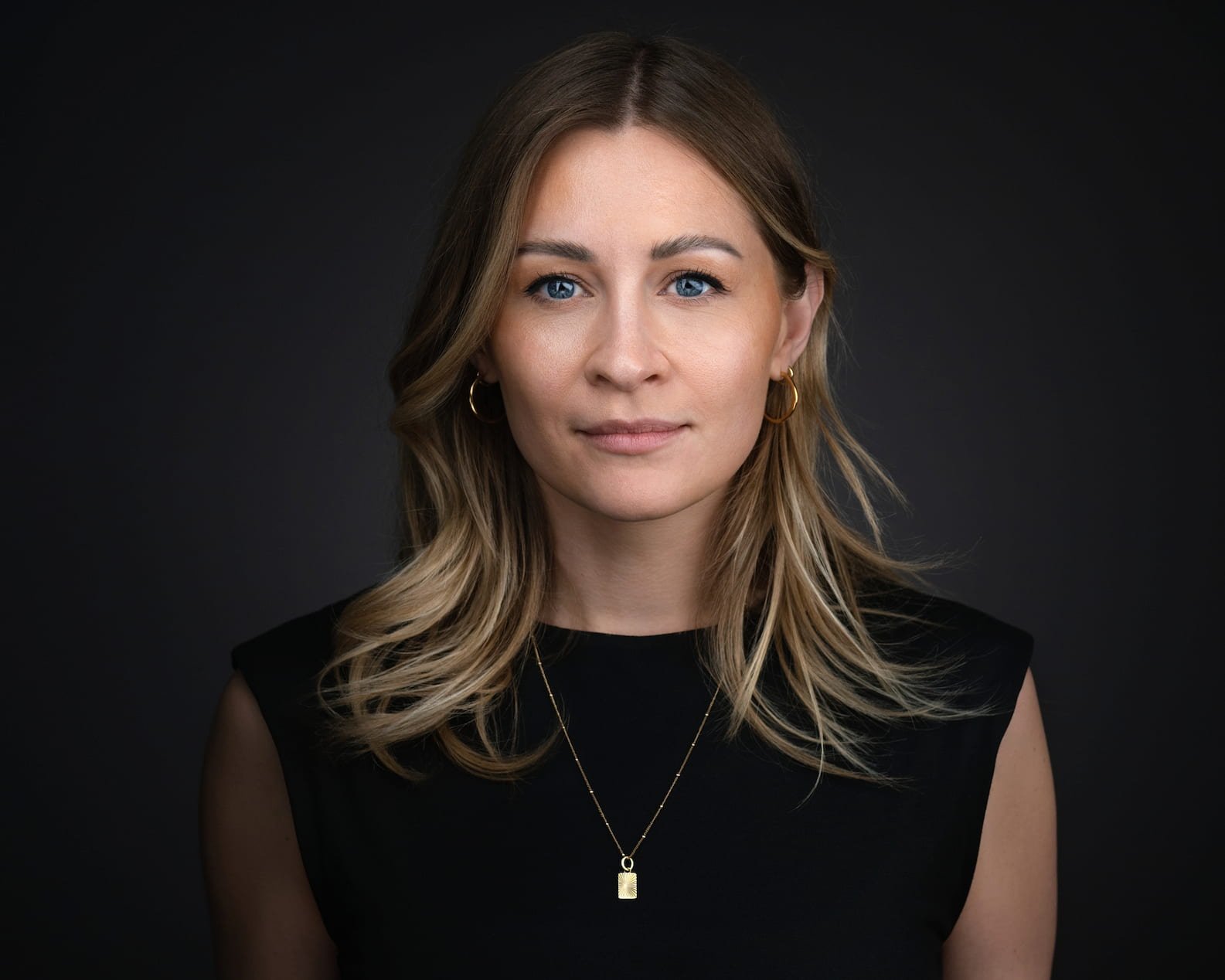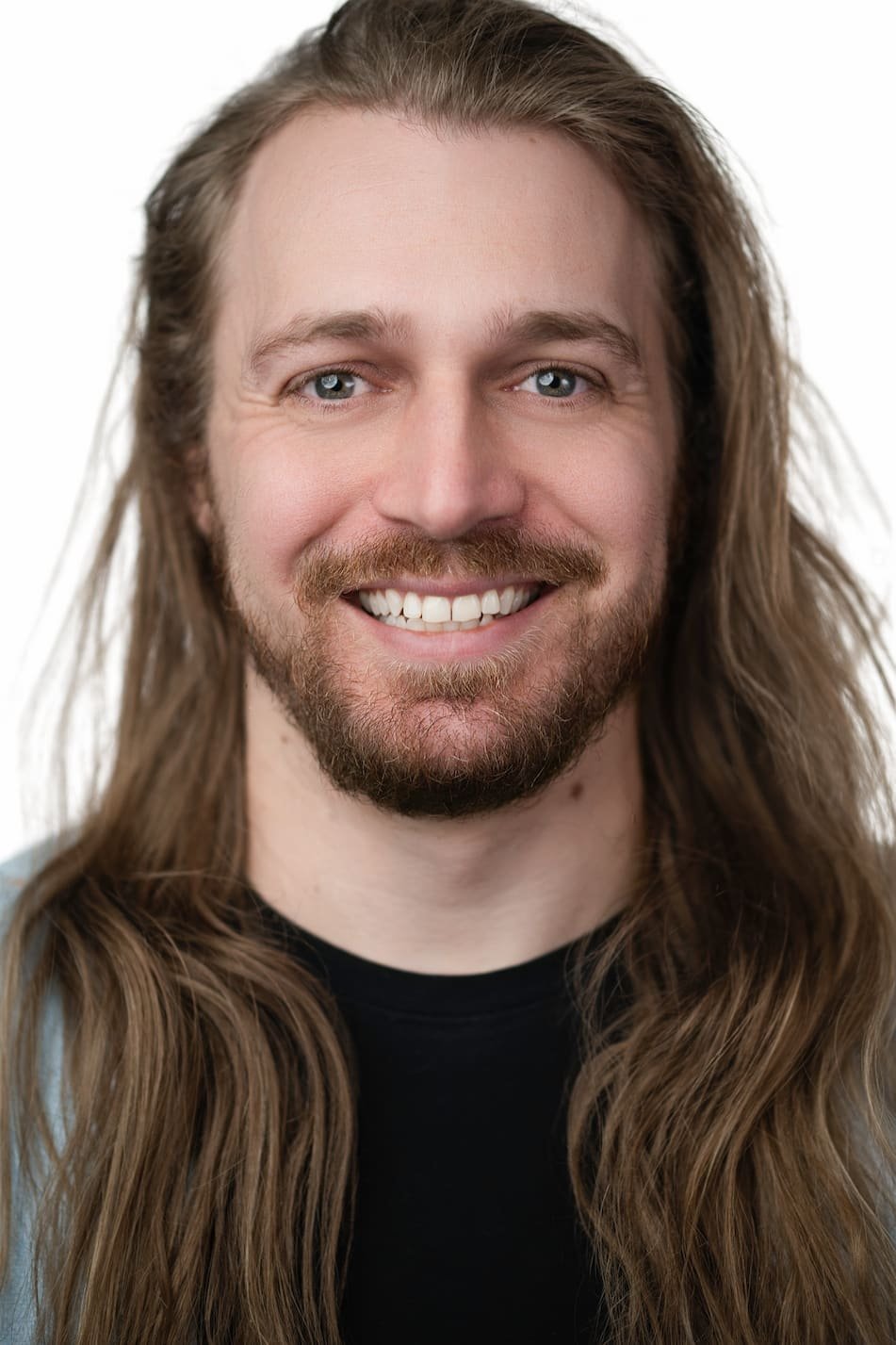Professional Headshots: Break These Rules To Capture Your Best Photo!
What Makes A Headshot Professional?
So you want your headshot to stand out from the crowd, and even if you can’t quite pinpoint why a professional image feels different from the images you take, there’s no denying that your photos rarely feel like what you see in a professional photo.
Sure, they may have professional studio lighting that you don’t have access to, but even if I was stripped of my professional lights I would say that the two main elements that make a headshot feel professional would be:
Image Composition (how the person appearing inside image is framed).
Camera lens setting.
Without overwhelming you with a bunch of technical mumbo jumbo, I’m simply going to show you an example of “the rule in action” and an example of “breaking the photography rule” so you can understand how to capture the most unique image you’ve ever had - one that truly stands out from what everyone in your network use!
Note: This is a process I now implement in all of my client headshot sessions (after we get the ‘traditional’ style of headshot, of course), even if it takes a little more time working together in the studio.
Breaking the Rules of Professional Headshots: Photo Composition.
Definition: Composition refers to how a person within the photo is framed - What we see of them inside the photo.
A headshot using a more traditional approach to composition.
Most professional headshots are composed with space above the top of the head and the bottom of the image tends to be above the elbows.
This type of composition gives you the most flexibility as it’s shot in a ‘safe’ manner.
If you need to adjust your photo to fit a specific format (like for a printed brochure or if you want to zoom in on your face for your LinkedIn profile photo), there’s plenty of room to do so.
There’s nothing wrong with safe - there’s a reason it’s so established in the photography community, but let’s see what happens if we were to break the traditional rule of composition and get really close to our subject.
A headshot that breaks the rules of composition.
Notice how there is no “headroom” in the second photo (ie: the gap above a person’s head and the top of a photo). In fact, the top of Katanya’s head is not even included in the photo.
Which do you feel stands out the most?
I personally prefer the second image because it feels like she is allowing us, the viewer, into her personal space. Most of us never get this close to people in our day-to-day life, so it leads to a stronger sense of connection for the viewer.
Breaking the Rules of Professional Headshots: The Camera Settings.
One of my favourite photographers is a Scottish gent named Mark Mann.
He’s is notoriously known for capturing images that are not the sharpest quality (ie: that are not ‘in focus’), yet he has an incredible ability to capture someone’s entire personality in one still image.
Look at these images captured by Mark:
Robin Williams headshot by Mark Mann.
Kevin Bacon headshot by Mark Mann.
Woody Harrelson headshot by Mark Mann.
Take a moment to observe how certain parts of the face are crisp and in-focus (the eyes or cheeks), and then look at the ears of each person’s photo to see how blurry they look compared to the eyes.
This effect is achieved when a photographer adjusts their camera lens aperture setting.
Technical Terminology: “Aperture” controls how much light is allowed to pass through the camera’s lens. It is referred to as an “f-stop” setting. Most photographers shoot professional headshots at an aperture setting between “f4” to ”f5.6”.
Layman’s Translation: The higher the number of the “f-stop” (aperture setting), the more parts of your image will be in-focus.
Shooting a professional headshot at “f5.6” allows an entire person’s face to look ‘sharp’ - you can easily make out all of their facial features with no blurred areas.
If a photographer wants to shoot a beaufitul, outdoors nature shot - say a shot of a river that’s close to where they are standing, with mountains in the distant background, they’d like shoot with an aperture setting between an “f11” to “f16” so that everything in their shot appears to be sharp and in focus.
Here is an example from a headshot session I had with Brayden that really allows you to see the difference that aperture setting can create in a final image.
Look at the first photo below and take note of how everything is in focus.
Here’s a sample of an image shot at “f5.6”.
Notice how his eyes, nose, shoulders, hair are all in focus?
Below is an image that breaks the rule of “camera lens settings”, as it was shot at an aperture setting of “f2.0”.
Here’s a sample of an image shot at f2.0.
Notice how the image sharpness “falls off” of the face, resulting in Brayden’s eyes being the key focal point, and the rest of the image looks soft and less in-focus?
Which of these images stands out the most in an endless scroll of photos on LinkedIn?
The Main Reason Photographers Will NOT Shoot Professional Headshots This Way.
Most photographers will not shoot professional headshots at an f-stop setting between “f1.4” to “f2.0” because there is an extremely small area of the image that will be in focus, and it can require extra time working with you in the studio to really nail this result.
And it’s not just them getting it right in-camera, it also depends on you.
Take a moment to imagine yourself standing in front of someone’s camera right now.
You have to hold a pose for a few seconds. Ready?
Do you think you could stand absolutely still for those few seconds or do you think your body might shift, or that your facial expression would change ever-so-slightly? Especially if there’s a very narrow ‘range of what is in focus’ of an image photographed this way?
It’s often too much of a risk for professional photographers to experiment with because they want to ensure their work is always “in-focus” - and from a business standpoint, they want to get you in and out of their studio quickly.
For me, at the risk of spending more time working with you in my studio, I know that if we are successful at breaking these professional headshot rules you’ll receive a visually striking photo that stands out from everyone else’s image on LinkedIn.
Plus, even if your photographer doesn’t nail the focus - your image can still be incredible. Just refer to Mark Mann’s Instagram page and you’ll regularly see that ‘vibe’ regularly wins over ‘technical perfection’.
Remember, it’s your big day. You’re paying a professional for a new headshot, and if it takes a little bit more time in the studio to capture an image that stands out and looks GREAT, you deserve it!
Click here to see examples of this in-action from my own client headshot sessions!







